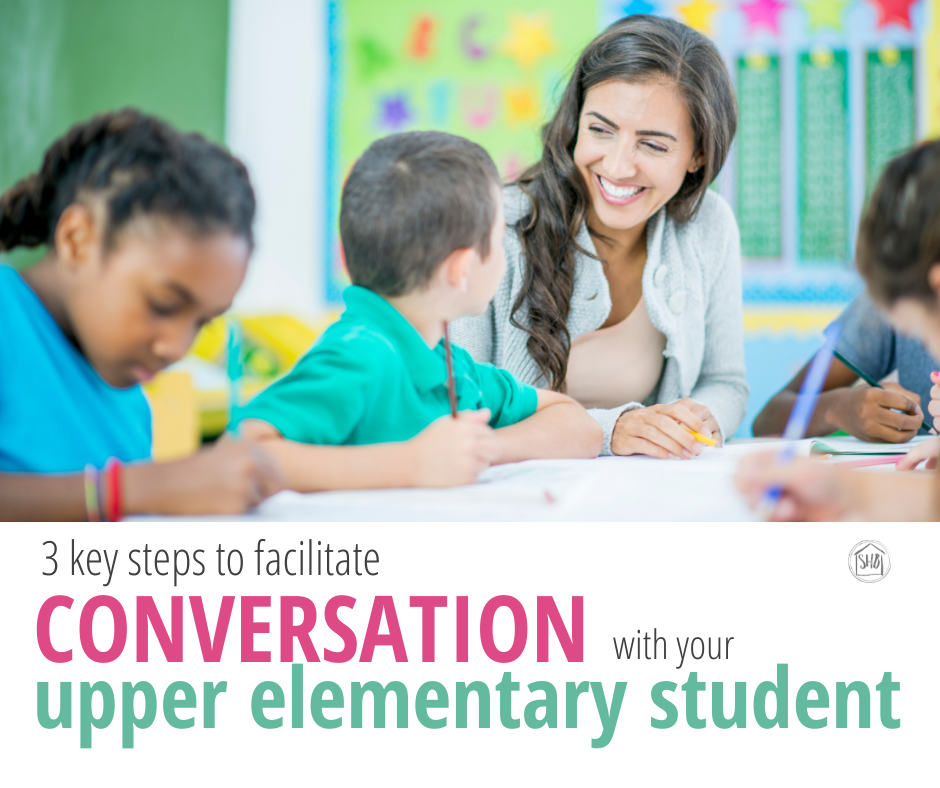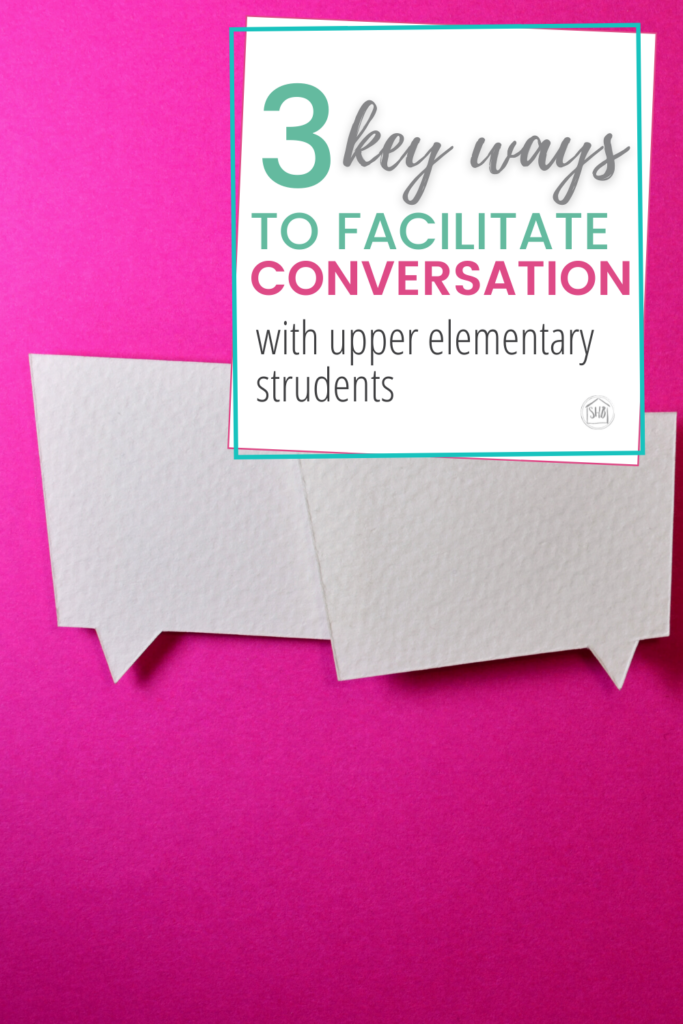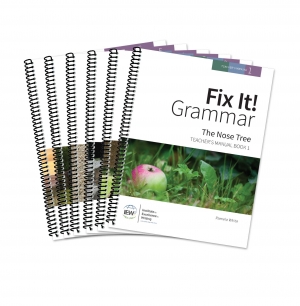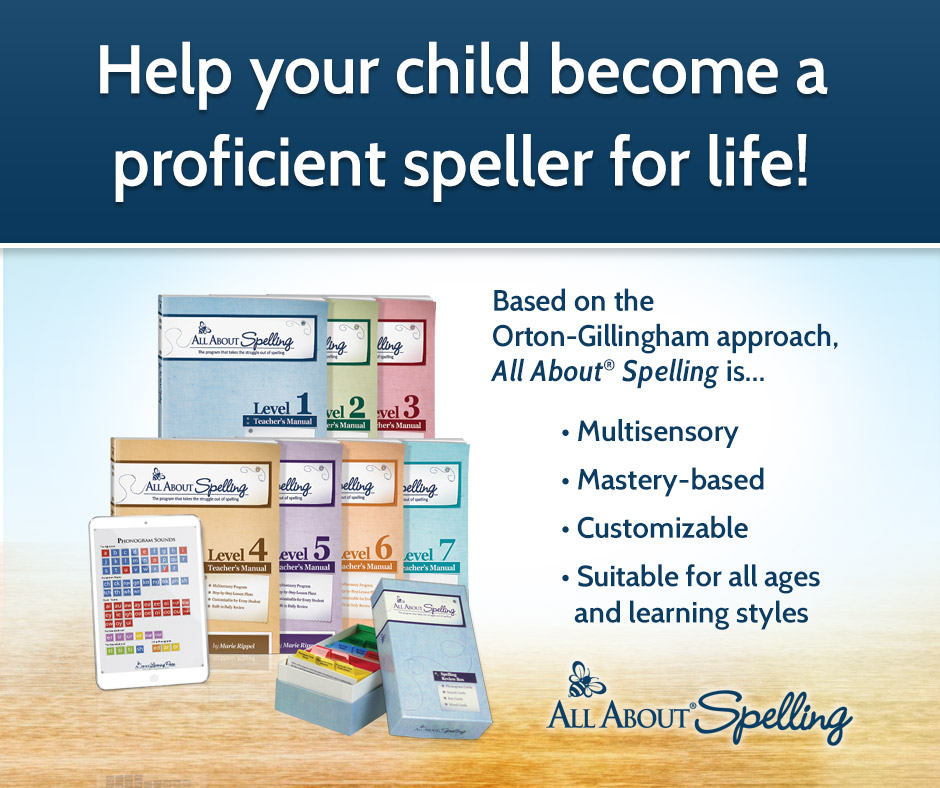
“The greatest compliment that was ever paid me was when someone asked me what I thought, and attended to my answer.”
Henry David Thoreau
This is the calling of the homeschooling parent – to ask and to listen. Indeed in the context of homeschooling, we pay our kids the highest compliment – one which cannot be adequately paid in traditional school settings – attention. We show our students we value them when we take the time to have a conversation.
Our attention shows our children we are curious about the world around us, the subject before us, and the thoughts inside their heads. At the stage where learning is happening at such a rapid pace, a computer couldn’t keep up, the thoughts inside their heads need two things: attention and validation.
The child must express her thoughts. She needs to be, above all other things, heard.
Then those thoughts must be considered valuable. Otherwise, she will be discouraged from further input.
This post may include affiliate links. If you click and make a purchase based on my recommendation, I get a small remuneration at no extra expense to you. I only recommend things I use and believe to be a blessing.
Education is Conversation
As our children grow up, the parent/teacher’s role as the facilitator for the conversation shifts. We are still the facilitators – the leaders. But we become the sounding board onto which the child can express her thoughts. We still ask the questions, but our pauses are longer, our ears more attentive.
In our Classically-leaning homeschool, we participate in the practice of narration from around 1st grade. Although the practice is considered a Charlotte Mason practice, I find a correlation between the CM and the Classical habits. I wrote a bit about getting the conversation going in the early years of homeschooling. But as I wrote that article, I started to consider the subtle changes which occur in the homeschool who practices narration during the elementary years.
I just picked up a book on the subject of narration in the Classical homeschool, which I am sure will correct my misconceptions and teach me what’s really going on when we narrate, but I have a rather simple definition of narration. Narration is conversation. I could simplify it even further and say Classical Education is conversation and I don’t think I would be too far out of turn.
Our success in our Classical homeschools will depend largely on our conversations with our students.
Our students will not remember worksheets, flashcards, and outlines when they are 64. They will remember information, and what’s more – they will have moral character, because of the conversations we have with them in our homeschools.
Notice I didn’t say education is lectures and sermons. Lectures and sermons do not allow the student to reach the conclusion for herself. Conversations do.
In a Classically styled learning environment, the conversations can look different depending on the subject being studied. In our homeschool, when we read a living book together, the students narrate afterward – we have a conversation. When a student hits a trouble spot in math, we have a conversation. When we are editing a paper together, it is a long-form conversation.

Mistaking Conversational Success for Independence
Since we have been practicing the habit of conversation with my older students for 4 or 5 years, we have gotten rather adept at it. We aren’t experts, but we have learned a lot, they are used to the routine.
I mistook the ease of our homeschool experience (in general – with conversations; specifically – with All About Spelling) for independence readiness last month – to the great detriment for both student and teacher.
There may have been a little “because I don’t want to” whining from BOTH parties in this exchange.
Our Experience
My oldest student and I are on the home stretch of All About Spelling. She and I have been rowing this particular canoe down Spelling River together for 4 years. We are so close to the finish line – the end of Level 7. Level 7 of All About Spelling has a “unit” of word roots for both Latin and Greek.
They are more vocabulary-building lessons than spelling lessons – even while the student is also learning to spell these words. Each lesson includes a worksheet with a picture of a tree and some suggestions for how to work with the root using various prefixes and suffixes. A super helpful way to build words, the curriculum’s trees encourage playing with various combinations to see if they make sense.
In Level 7 of All About Spelling, we set a timer for 20 minutes. I sit across the table from my student to facilitate the lesson. Although I follow the Teacher’s Manual, the student is doing most of the work.
My student can walk through one of these on her own – so I thought.
The conversation for these root trees is fairly straightforward.
Prefix + root + suffix
Me: Is this a word?
Student: Yes. (writes word on tree)
Prefix + root + suffix
Me: Is this a word?
Student: I don’t think so?
Me: Right, it isn’t a word.
Her ease of accomplishment on these “root” trees tricked me into thinking she could do it on her own. What I didn’t realize was just how much she relies on my feedback.
Education is a Conversation
Since we have made this whole education thing in our homeschool a conversation, we ask a LOT of questions. The above conversation about root trees is the most simplified version of this.
Speaking of those root trees…One day we were struggling against the confines of our Classical education – otherwise known as squabbling instead of talking. Frustrated, in a fit of “Well, if your attitude is going to be like that you can do your work on your own,” {pre-teen party of two over here} I decided she could do her tree by herself.
I will spare you the gory details. Let’s just say the leaves on that particular tree were rather wintery.
Since our education is a conversation, there has to be at least one partner to have the conversation. And it’s MY job to be the facilitator of that conversation. As the adult in this situation, sometimes that means just asking the question, listening to the answer, and happily moving on.
Sometimes that means pulling information out of the student in a situation akin to 18th-century dental practice.

What to Do When You Aren’t Up to the Task of Conversation
Thankfully my children are not totally beyond me in any one avenue of learning – yet. I can still keep up with the math my oldest student is doing. The science, the grammar, the other subjects – I am still just a step ahead.
But there will come a day – very soon – when I will not feel adequate to the task of conversation with my kid. She will attain a higher level of math than I understand. Or she will desire to understand the forces at work in physics. She may even want to learn an obscure language from the African subcontinent.
She will still need me as her sounding board. I will still be her facilitator in education.
So what should I do?
Continue the conversation.
A three-step teaching trick I learned years ago has always kept the conversation going – even when I am out of my depth. I use it every day in my homeschool.
- Ask about the problem. What is the problem? Is there a word you don’t understand? What kind of answer are we looking for here? What does ____ mean?
- Only ask questions. This is the hard step. Even when the student asks a question, attempt to answer it with an underlying question. If the student asks, “What is ____?” ask, “What do you know about ____?” or “Can you think of a word related to that word?”
- Write only what the student says on the board. I am known in our homeschool for starting a conversation seated. Seconds into the conversation, I spring up, grab the nearest dry erase marker, and head to the white board. When I get there, I try to act simply as a scribe for my student. Only what she says goes on the board.
What does this process accomplish?
This teaching technique requires the student to pause and think through the problem before her. Then it provides a space for her to work out the possible solutions. Lastly, it validates the student’s ideas as worthy.
The trick part of the technique is the teacher really doesn’t have to know anything! All it requires is curiosity, attention, and a healthy dose of encouragement. The encouragement part is brought in through step 3 – only validating what the student says.
Are you working on developing the art of conversation in your homeschool? I would love to hear your tips and tricks for getting the conversation going! Leave a comment or drop me a line letting me know what you think.















